
Elevate Your Massage Therapy Practice: The 2025 Marketing Blueprint
How a Booking System Can Help
Massage therapy has seen explosive growth in popularity in the last few years. More and more people are seeking natural ways to relieve pain, and stress, and improve their overall well-being, and while this creates more demand, this also makes the industry increasingly competitive.
Thus, in order to develop a successful massage therapy practice and brand, it is now crucial to set yourself apart from the competitors.
Having a clear marketing strategy is critical, so you can consistently bring in new customers, hold on to the ones you already have, and build a loyal following. This will ensure the long-term success of your massage therapy business. That’s where this comes in.
In this ultimate guide to massage therapy marketing in 2025, you can expect the following:
- How to identify and understand your ideal client
- Strategies for creating a unique value proposition
- Essential branding basics
- Tips for budgeting and tracking your marketing efforts
- Effective digital marketing strategies, including website optimization, content marketing, social media, email marketing, and online directories
- Proven offline marketing strategies, such as networking, print marketing, and community events
- Techniques for creating loyalty programs and showing client appreciation
- Methods for measuring and adapting your marketing plan
In this first section of our marketing guide, we will go over the basics of massage therapy marketing, including who you should target and defining your unique value proposition.
1. Knowing and Understanding Your Ideal Client
To develop a successful marketing strategy, you must first identify your target audience. If you know who you’re selling to, you can make sure your ads reach the people most inclined to buy from you.

First Things First: Collect Demographic Data
First things first, compile the most essential demographic information, which may include:
- Age: Determine the age range of your ideal clients. Are they young adults, middle-aged, or seniors?
- Gender: Think about the gender breakdown of your target audience and if more men or women are interested in your services.
- Income Level: Identify the income bracket that can afford your services.
- Location: Do they live in the neighborhood or do they travel from somewhere else?
Second Step: Investigate Psychographics
Go beyond demographics and investigate your potential clients’ psychographics data: learn your customers’ values, habits, and problems so you can better serve them.
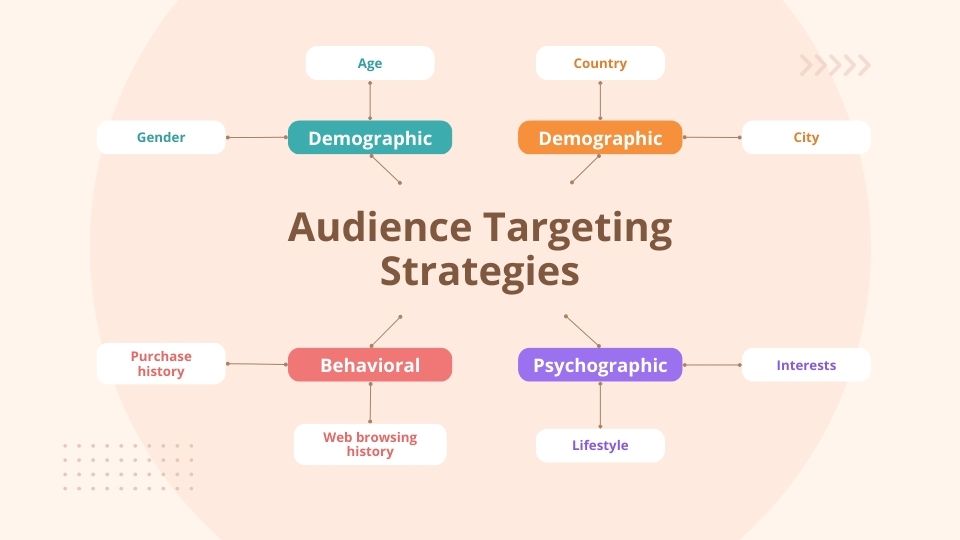
Understanding psychographics can help you understand what motivates them and how your services can meet their needs:
- Lifestyle: Evaluate the habits, interests, and everyday activities of your customers. Would you describe their lifestyles as busy, stressful, or as stay-at-home parents?
- Values: Determine the most important things to your customers. Are they focused on health and wellness, relaxation, or physical fitness?
- Pain Points: Understand the specific problems your clients face, such as chronic pain, stress, or athletic injuries.
Third Step: Market Research
Gather information about your ideal customers by using a variety of market research techniques:
Surveys and Questionnaires: Send surveys to collect information directly from your clients. Ask questions about their likes, dislikes, routines, and difficulties.
Client Interviews: Gather more information about your existing customers’ wants and motivations by doing one-on-one conversations with them.
Online Research: Find out what others are talking about and interested in when it comes to massage treatment by reading reviews, social media groups, and forums.
Fourth Step: Analyze Your Existing Client Base
If you have a client base, no matter how little, it’s worth analyzing the data to find out what makes your most loyal and happy customers tick:
- Client Records: Find out what others are talking about and interested in when it comes to massage treatment by reading reviews, social media groups, and forums.
- Feedback and Reviews: Find out what people like and don’t like about your services by reading reviews and comments they’ve left on your website.
Fifth Step: Develop Detailed Client Personas
Develop comprehensive customer personas using the collected data. Here are several identities to consider:
- Name and Background: Give your character a name and backstory to make them more relatable.
- Demographics: Location, income level, gender, and age, etc.
- Pain Points and Needs: Identify where they are hurting and what they need help with from a massage therapist.
- Preferred Communication Channels: Find out whether email, social media, or phone calls are their preferred methods of receiving information.

Sixth Step: Customize Your Marketing Approaches
With your client personas in hand, customize your marketing tactics to connect with your ideal customers by using your client personas. Consider things like:
- Website Copy: Communicate with your customers in a way that is tailored to their tastes and requirements.
- Social Media Content: Promote content that speaks to their interests and principles.
- Email Campaigns: Address their individual problem spots and provide solutions via tailored emails.
- Special Offers: Create promotions that interest them based on their interests and requirements.
How a Booking System Can Help
By storing and managing specific information about your customers, a booking system like Bookeo can assist you in finding your ideal clients by:
- Storing Client Data: Bookeo allows you to record and manage various details about your clients, including demographics and booking history.

- Improving Client Relationships: By using the data stored in Bookeo, businesses can enhance client relationships through personalized communication and tailored services, which can lead to increased customer loyalty and repeat bookings
2. Building a Strong Foundation for Your Online Presence
A Professional Website
For many prospective clients, your website is the first point of contact with your company. That is why making a good impression is so important.

A website that is easy to use, attractive, and optimized for search engines can be your best tool for drawing in customers and maximizing the number of reservations.
Key Elements of a Successful Massage Therapy Website
- Clear Service Descriptions
Outline all the services you provide in great detail. Identify the clientele who may get the most from various massage techniques and describe them.
- Types of Service: Explain in detail the several massage modalities you provide, including but not limited to prenatal, deep tissue, Swedish, sports, and others.

- Benefits: Outline the unique advantages of each massage style, such as reduced tension, alleviation of pain, and enhanced blood flow.
- Target Audience: Give examples of those who may use each service the most, such as pregnant ladies, athletes, and those suffering from chronic pain.
- Compelling Visuals
Utilize high-resolution photos and videos to establish an inviting and polished aesthetic.
- Professional Photos: Incorporate visual representations of your treatment rooms, equipment, and personnel to provide clients with a clear understanding of your clinic.

- Video Content: Include video testimonials from satisfied clientele or a virtual tour of your facility.
- Consistent Branding: Make sure that the colors, fonts, and other design elements align with your brand’s identity.
- SEO-Friendly Design
Search engine optimization (SEO) is a must if you want to find customers online.
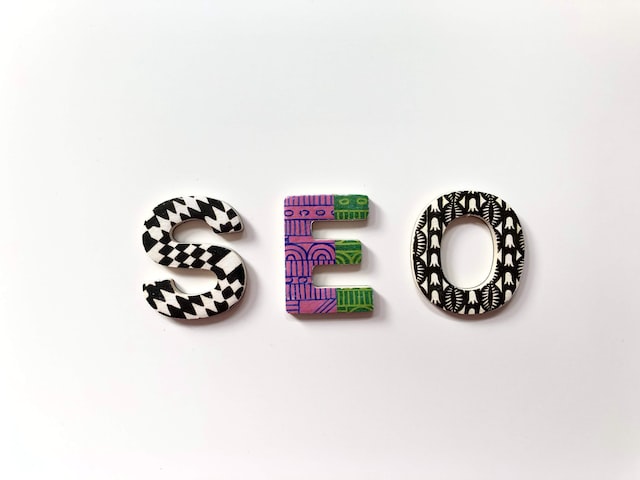
Although search engine optimization (SEO) is complex and may require a variety of different practices, here are simple steps to enhance your SEO:
- Keyword Integration: Incorporate keywords like “massage therapy marketing,” “massage therapist in [location],” and “massage services” in titles, headings, and content.
- Meta Tags: Make sure the meta titles and descriptions you provide for each page are descriptive.
- Mobile Optimization: Make sure your site is mobile-responsive. If you want to be sure your site is mobile-friendly, use Google’s test tool.
- Fast Loading Times: Boost your site’s performance to attract more visitors and stay ahead of search engine results.
- Link-Building: Use various link-building strategies to gain high-quality backlinks.
- Reliable Online Booking System
In this post-COVID age, it is essential to have a website booking system. If prospective clients can’t easily book your service online, they will simply move on to your competitors.

- User-Friendly Interface: Clients should have no trouble navigating and using the chosen system.
- 24/7 Availability: Make appointment bookings available to customers 24/7.
- Automated Reminders: By sending automated reminders, you can reduce the number of no-shows. (clients who fail to show up for their appointments.)
- Client Testimonials and Reviews
Demonstrate testimonials (written or video) from satisfied clients to establish credibility and trust. To encourage more feedback, provide links to your profiles on review sites like Google Maps/Google Business, Yelp, and others.
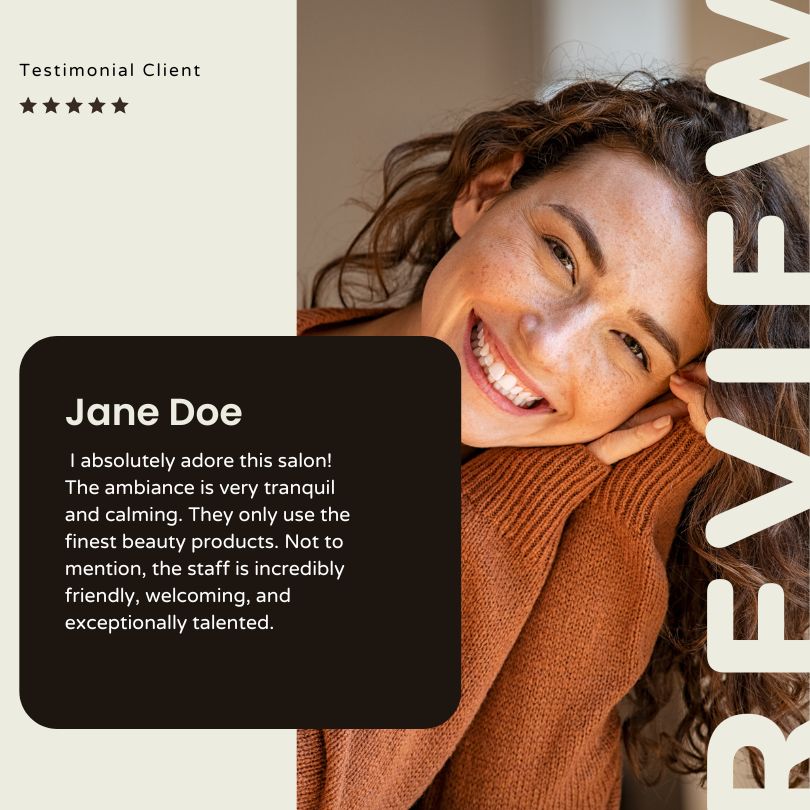
- Contact Information and Location
Make it easy for potential clients to find and contact you.
Prominently display your contact information, including your physical address, email address, and phone number, on your website.
Include an easy-to-use contact form so customers can send you messages when they have questions or concerns.
You can also embed Google Maps on your website to display your current position and provide precise directions. Doing so will also help with your local SEO.
- Blog and Content Marketing
The best way to keep people interested in and engaged with your website is to refresh its content often.
Publish blog posts related to massage therapy, such as benefits, self-care tips, techniques, etc. Apply search engine optimization strategy to these posts.
You may also provide downloadable materials, such as wellness tips or stretching routines.
- Strong Calls to Action (CTAs)
Incorporate compelling calls to action (CTAs) to motivate site visitors to do what you want them to do, whether it get in touch, join your newsletter, schedule an appointment, or something else entirely.
Especially optimize your booking CTAs to prompt visitors to schedule an appointment. Highlight any current offers or promotions to entice new clients.
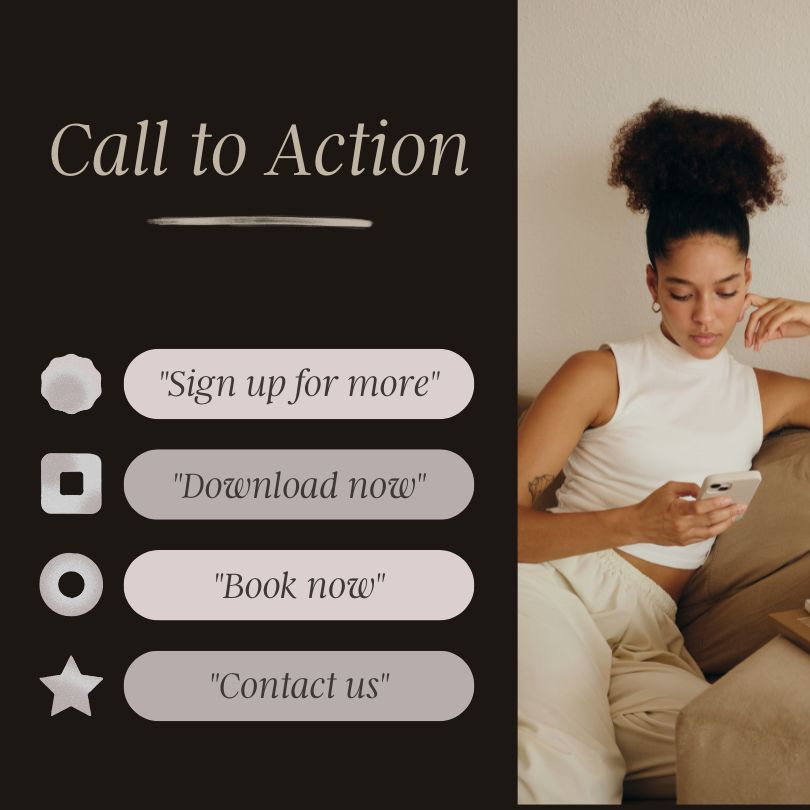
- Security and Privacy
Protect your clients’ personal information by making sure your website is secure.
Use an SSL certificate to secure your website and protect client data by ensuring end-to-end encryption.
Make sure to provide a detailed privacy policy that explains how you keep user information safe on your website.
If you want your massage therapy company to thrive, you need a professional website that people will want to visit. You will be able to do it by including these key elements.
Local SEO Power
For a strong online presence, local SEO is essential so you can attract clients in your area by allowing them to find your services when they search online.
Below are simple steps to enhance local SEO:
- Google Business listing: Claim and optimize your Google Business listing. Verify that the details provided for your company are correct. Import high-resolution images and get feedback from satisfied customers.
- Local Keywords: Incorporate local search phrases like “massage therapist in [your city]” or “best massage therapy in [your neighborhood].”
- NAP Consistency: Ensure your Name, Address, and Phone number (NAP) are consistent across all online directories and your website.
- Build Citation: Be sure to list your business in relevant online business directories, both those that are based on industry and location.
- Client Reviews: Incentivize satisfied clients to submit favorable reviews on review sites (Google Maps and others.)
These Local SEO best practices can enhance your online presence, attract more local clients, and increase your bookings.
3. Social Media: Your Massage Therapy Megaphone
Given that nearly everyone is now on social media, it is apparent that we should establish a social media presence for the massage therapy business.

The question is, how exactly do we go about doing it? Listed below are a few practical suggestions:
Choosing the Right Platform(s)
It is critical to choose appropriate social networking platforms. Go where your target audience spends the most time. A general overview:
- Instagram: Great for sharing visuals especially if you are targeting a younger audience. Visuals such as before and after photos, health advice, etc., can be effective.
- Facebook: Great for reaching a broad audience. You can run targeted ads effectively on Facebook.
- YouTube: Post video tutorials on topics such as massage, self-care, customer testimonials, etc.
- X: Share quick updates and interact with clients and other businesses.
Content Calendar
Maintaining a steady presence on social media is essential. Get a content calendar going and plan out your posts ahead of time.
Your posts should cover a diverse range of topics, including:
- Wellness Tips: Tips and advice on self-care, stress relief, massage benefits, etc.
- Client Spotlights: Highlight success stories and testimonials from satisfied clients.
- BTS Content: Offer behind-the-scenes glimpses into your practice, such as office tours and staff introductions.
How Bookeo Can Help
To facilitate appointment scheduling for your customers, you may connect Bookeo to your social media accounts.
- Booking Links: Share direct booking links from Bookeo in your posts and profile bios.
- Social Engagement: Turn likes, comments, and shares into appointments by encouraging followers to book through your posts with Bookeo’s booking functionality.
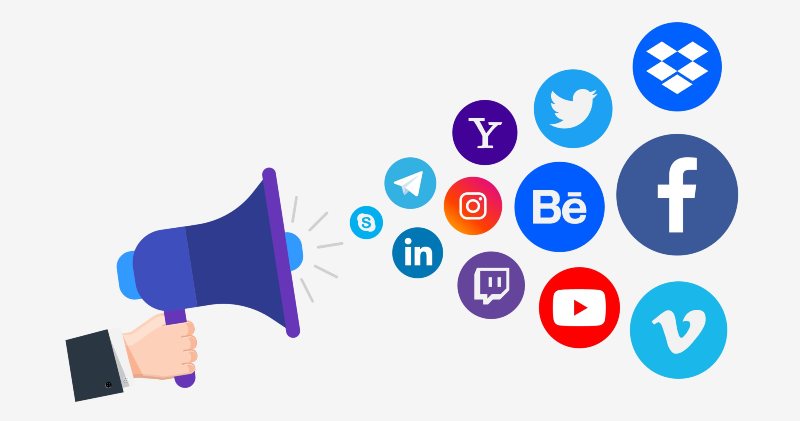
Social media marketing can be enhanced by selecting appropriate platforms and creating engaging content. In turn, optimized social media marketing can help you convert engagement into client appointments.
4. Email Marketing: The Client Connection Engine
Despite the newer technologies and marketing channels, email remains a very effective channel with a high ROI.
The following measures can be taken to establish an effective email marketing strategy for your massage therapy business:
List Building
Building an email list is the foundation of effective email marketing. Here are a few effective strategies you can try:
- Website Pop-Ups: Employ pop-ups on your website to prompt users to provide their email addresses in exchange for a discount or complimentary resource.
- In-Person Sign-Ups: Obtain client emails by inviting them to enroll in your loyalty program or newsletter during their visits.
- Social Media: Promote your email list on your social media platforms by providing links to sign-up forms.
Nurturing Campaigns
Once you have an email list, make the most of it to maintain a strong relationship with your clients so you can keep your practice top-of-mind.
- Newsletters: Distribute regular newsletters, for example, to cover wellness tips, upcoming events, and so on.
- Promotions: Offer exclusive discounts and promotions to motivate reservations.
- Personalized Offers: Personalize each client’s email according to their preferences and booking history.
How Bookeo Can Help
Take advantage of Bookeo’s email features to improve your client communication:
- Automated Reminders: You can use Bookeo to send automatic appointment reminders, which can help you reduce no-shows.
- Thank-You Emails: After clients’ sessions, follow up with them to express gratitude and invite them back. Bookeo’s automatic email responses help in presenting a well-organized and professional front.
Establishing a strong email marketing game can help you strengthen relationships with existing clients, and drive more bookings.
5. Local Marketing: Winning Your Neighborhood
Partnerships
If you want to reach more people and get more customers, form collaborations with other local companies.
Look for cross-promotion opportunities with complementary businesses like chiropractors, yoga studios, and gyms.

Create special packages that combine services from both businesses, offering added value to clients. For example, you can offer joint promotions or referral discounts.
Community Events
Engaging with your community through events can boost your visibility and credibility:
- Workshops: Conduct educational workshops on subjects such as massage techniques, tension alleviation, or self-care.
- Chair Massages: Organize chair massages at community centers, farmers’ markets, or festivals at no cost or at a reduced rate.
- Sponsorships: Sponsor local events or sports teams to increase your brand presence.
6. Client Loyalty: The Heart of Your Business
It is imperative to maintain client loyalty in order to achieve sustainable success. The following are critical strategies for increasing client loyalty:
- Loyalty Programs: Offer rewards for repeat visits, such as discounts, free sessions, or exclusive perks.
- Personalized Communication: Send customized offers, birthday greetings, and personalized messages to foster a sense of appreciation among clients.
- Exceptional Service: Ensure that each client has a positive experience by consistently providing high-quality service.
7. Referrals: Your Client-Powered Growth Engine
An attractive referral program can help you grow your business by encouraging them to refer friends.
You can offer compelling incentives, such as discounts on future services for every successful referral or complimentary services (extra 15 minutes on their next massage, a free aromatherapy upgrade, etc.)
8. Paid Advertising: Reaching New Heights
In addition to organic marketing, paid advertising may help you reach a wider and more specific audience.
A few of the most common forms of paid advertising are as follows:
- Google Ads:
-
- Search Ads: Appear at the top of search results for individuals in your region who are looking for massage therapy services. Choose search terms such as “massage therapist near me” or “massage therapy [your location].”
- Display Ads: Target those who are interested in health and wellbeing by placing aesthetically pleasing ads on websites that belong in Google’s network.
- Google Business: Boost visibility in local search results and Google Maps.
- Facebook Ads: Take advantage of Facebook’s comprehensive targeting capabilities. You can also use Facebook’s Sponsored Post option to promote your posts to a wider audience.
- Instagram Ads: Showcase your services, customer testimonials, etc., using captivating images or short videos.
- YouTube Ads: Create short, engaging videos that highlight your services, client testimonials, or massage techniques. Use YouTube’s targeting to reach potential clients interested in wellness.
- Local Newspapers and Magazines: Advertise in local newspapers and magazines, (both online and in print,) to reach a geographically targeted audience.
- Sponsored Content: Partner with wellness influencers to promote your product or service to their audiences.
Create Conversion-Optimized Landing Pages
Link the paid ads to dedicated landing pages to provide relevant information and a clear CTA. Integrate Bookeo on these pages so potential clients can seamlessly book appointments.
9. The Development of Your Expert Status Through Content Marketing
In order to boost your site’s SEO performance and solidify your position as an industry leader, a solid content marketing plan is a must.
The most straightforward approach is to consistently publish blog posts, which can address the following topics:
- Stress Relief Techniques: Compose articles outlining various massage treatments as a means of relieving stress.
- Benefits of Specific Modalities: Compare and contrast the advantages of different types of massage, such as Swedish, deep tissue, and prenatal massage.
- Self-Care Tips: Provide guidance on self-care practices that clients may use in between appointments.
- Client Stories: Share testimonials from satisfied clients who have benefited from your massage treatment.
Content Promotion
Spreading the word about your content is critical. Promote your posts on social media and email newsletters so they can reach a wider audience.
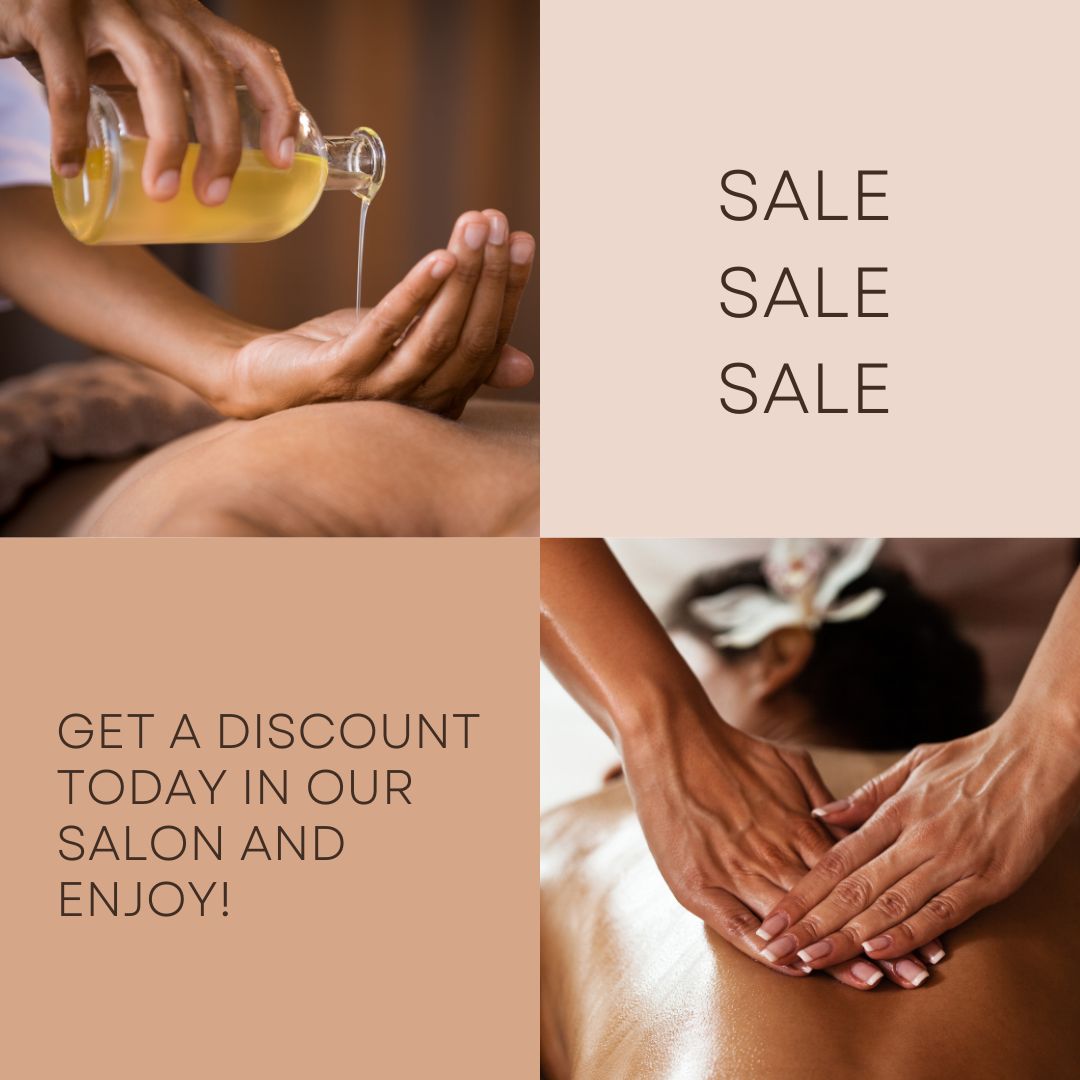
Optimize your blog posts using the SEO best practices mentioned earlier to boost your search engine ranks and increase organic traffic.
10. Measure, Adapt, and Thrive
Marketing your massage therapy business is not a one-off endeavor, but rather a continuous effort. That’s why it’s important to keep track of key metrics and make iterative improvements:
- Website Traffic: Track the frequency, actions, and pages seen by your site’s visitors with the use of analytics software like Google Analytics.
- Booking Rates: Use Bookeo’s reporting features to determine when bookings are most popular and at their busiest.
- Client Retention: Keep an eye on client loyalty and repeat reservations. You can check the frequency of customer returns and their preferred services in Bookeo’s client profiles.
Once you’ve collected enough data, you can analyze the data and improve your marketing strategies:
- Experiment: Diversify your marketing strategy by experimenting with various promos, social media campaigns, and blog posts.
- Analyze Results: Use the data you have gathered and analyze your metrics for trends and patterns. This will allow you to determine which strategies are effective and which are not.
- Refine Strategies: Based on the analysis, refine your strategy. Direct your attention to the strategies that produce the most favorable outcomes and refine those that do not.
Conclusion
Building a clientele for your massage therapy practice requires a well-planned marketing campaign.
We have discussed the primary strategies that can be implemented in this article, including the establishment of a strong online presence, the identification of your ideal client, the development of a reputation, and the implementation of content marketing.
Throughout your marketing efforts, Bookeo can be your comprehensive marketing partner, not just a booking software. Bookeo simplifies your operations and improves the client experience by providing automated email reminders and detailed client profiles.
Ready to transform your marketing and business growth? Explore a free trial of Bookeo and see how it can help you attract more clients, streamline your operations, and grow your massage therapy business. Start your journey with Bookeo today.


